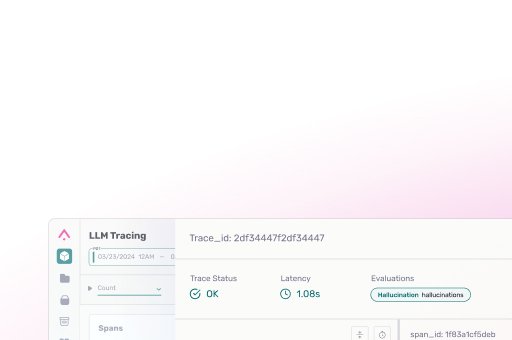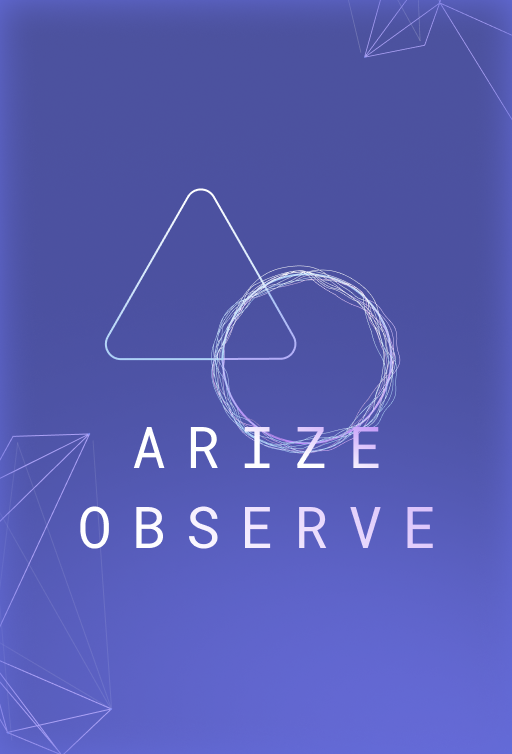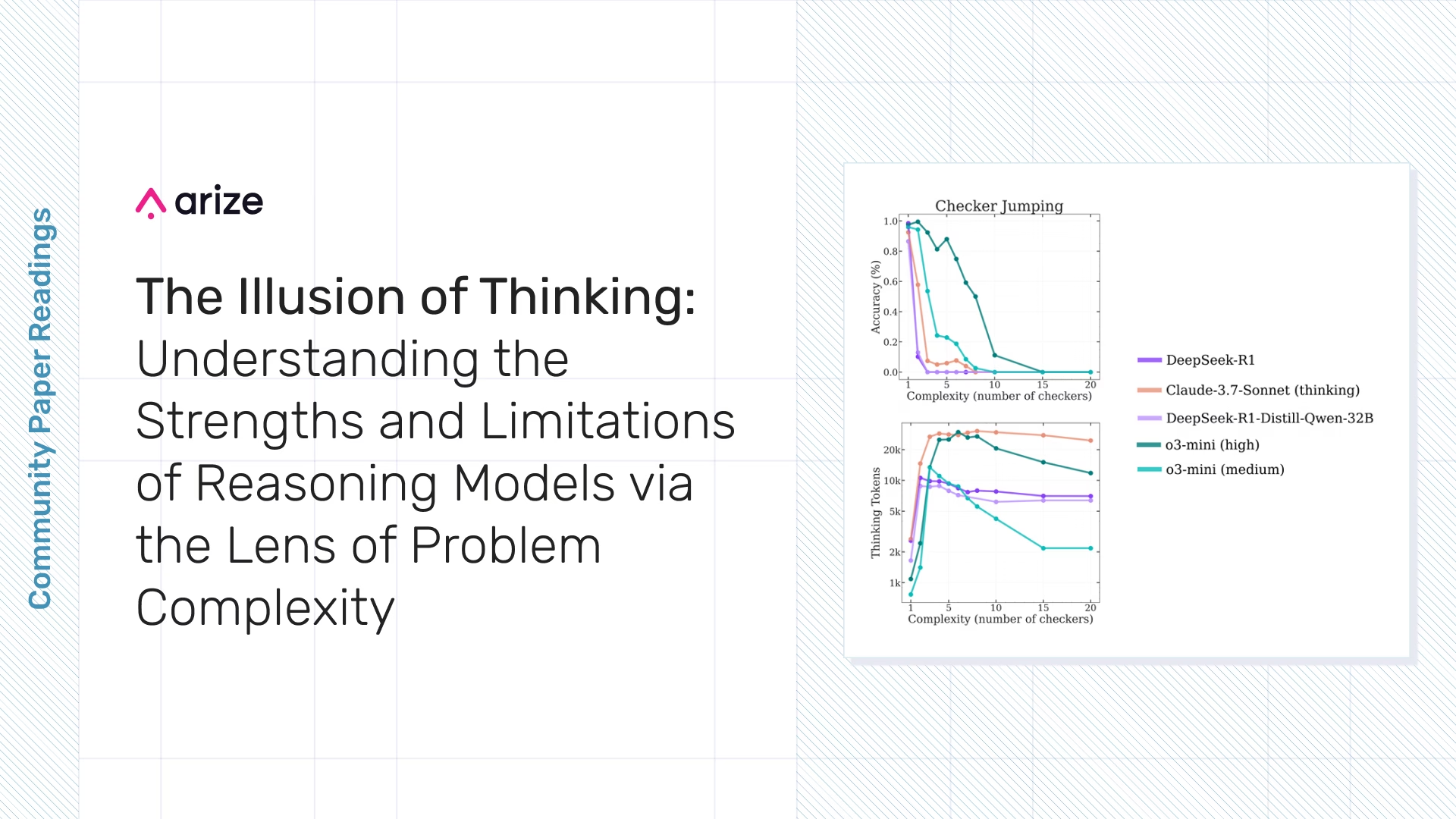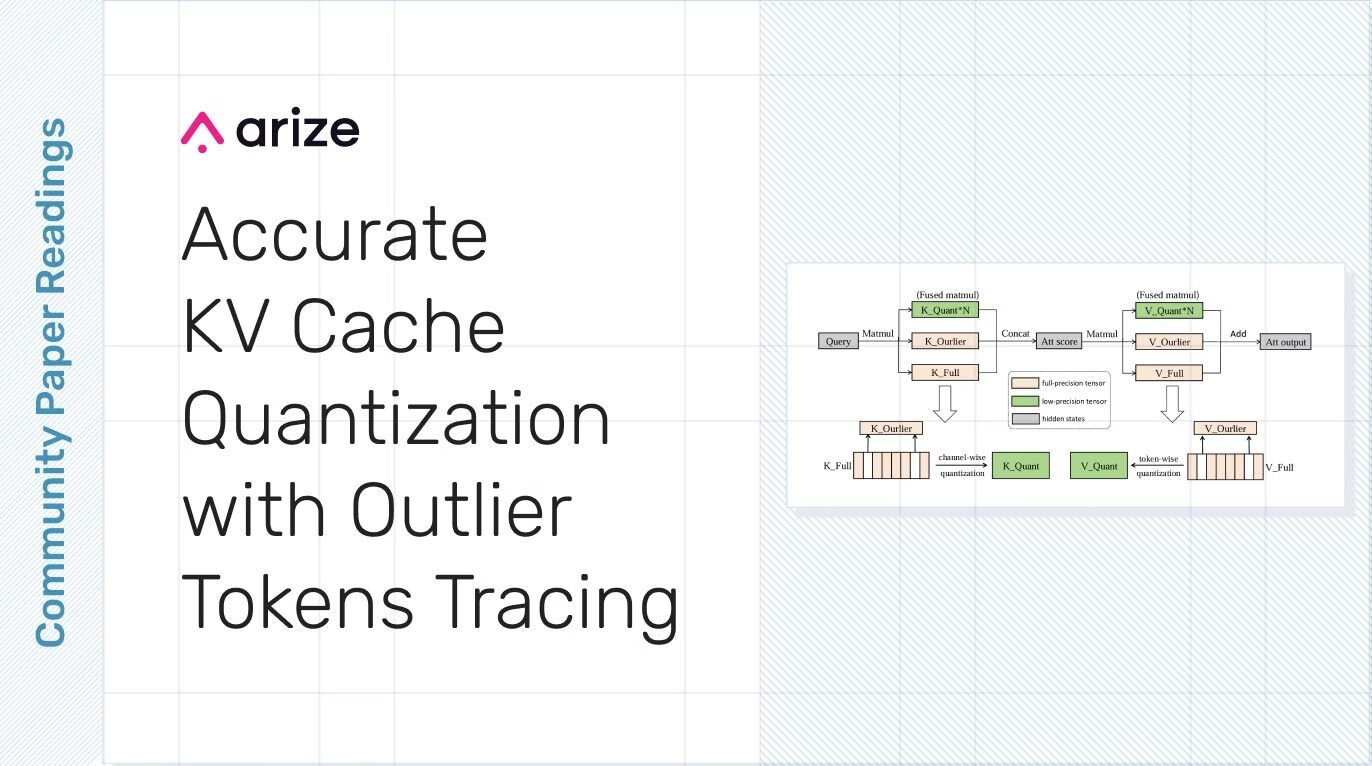
Google’s NotebookLM and the Future of AI-Generated Audio
In this paper read, Aman Khan and Harrison Chu explore NotebookLM’s unique features, including its ability to generate realistic-sounding podcast episodes from text. Khan reviews NotebookLM from the product side, and they discuss the technical underpinnings of the product from the outside looking in. Chu provides an overview of the SoundStorm model that’s suspected to be used to generate high-quality audio, and how it leverages a hierarchical vector quantization approach (RVQ) to maintain consistency in speaker voice and tone throughout long audio durations.
Khan and Chu bring some of their own use cases to this discussion, which touches on the ethical implications of such technology, particularly the potential for hallucinations–but also the need to balance creative freedom with factual accuracy. They end by speculating on potential future developments for the product, including its use in personalized advertising and the rise of AI-assisted podcasting.
Watch
Listen
Dive in
Summary
Here’s a quick overview of what they cover in this discussion about NotebookLM, which you can find in both the podcast and YouTube links above.
Beyond Chat Over Docs: A Product Finds Its Niche
While NotebookLM was created to enhance collaboration over documents by allowing users to interact with content, Khan argues that the product has found a niche in transforming text from a variety of formats—PDFs, articles, even YouTube links—into engaging podcast-style dialogues. This functionality has proven far more compelling than its original “chat over docs” use case. The user-driven discovery of this feature underscores the unpredictable nature of AI product development, revealing exciting new value propositions.

The Secret Sauce Behind NotebookLM?
The key to the lifelike audio generated by NotebookLM likely lies in SoundStorm, the state-of-the-art text-to-speech model that is speculated to power the platform. SoundStorm tackles a long-standing challenge in text-to-speech technology: maintaining speaker consistency over extended audio durations.

It achieves this through two groundbreaking techniques:
- Residual Vector Quantization (RVQ): SoundStorm uses RVQ to hierarchically represent audio frames, capturing both broad and fine details of a speaker’s voice. This layered approach ensures that audio quality builds up over time, resulting in consistent, natural-sounding speech.
- Parallel Decoding: Traditional models decode audio sequentially, but SoundStorm’s parallel decoding method processes the initial coarse-grained RVQ tokens across the entire audio sequence simultaneously. This establishes a robust foundation of speaker characteristics, allowing the model to later add finer vocal details for enhanced realism.
Human-Like Nuances in NotebookLM Audio
What sets Google NotebookLM apart is its attention to human-like details. These subtle elements—variations in pace, natural inflections, and even “ums” and “ahs”—make AI-generated audio feel more authentic. As Harrison Chu puts it, “Humans are really good at attuning to whether or not someone is real. And this last 2%—making something 98% human-like—becomes incredibly important.” These nuances are a significant factor in creating immersive, believable audio content.
NotebookLM and AI-Generated Audio
NotebookLM offers a glimpse into the future of AI-assisted audio content creation. Khan and Chu speculate about potential applications, such as:
- Personalized advertising: AI could generate tailored ads featuring the voices of popular podcast hosts, enhancing engagement.
- AI-assisted podcasting: Tools like NotebookLM could enable podcasters to quickly produce bonus content or experiment with new creative directions.
However, with these advancements come ethical challenges, including concerns around content authenticity and intellectual property protection. As voice cloning technology evolves, questions about the ownership and misuse of voice data will need to be addressed. Additionally, AI’s growing role in content creation raises broader concerns about the shifting dynamic between human creators and their audiences.
NotebookLM has carved out an unexpected niche in AI-generated podcasting, highlighting the rapid evolution of AI technology and its potential to revolutionize content creation. As the platform continues to develop, it opens up interesting possibilities, while prompting important discussions about the responsible use of AI in creative industries.






